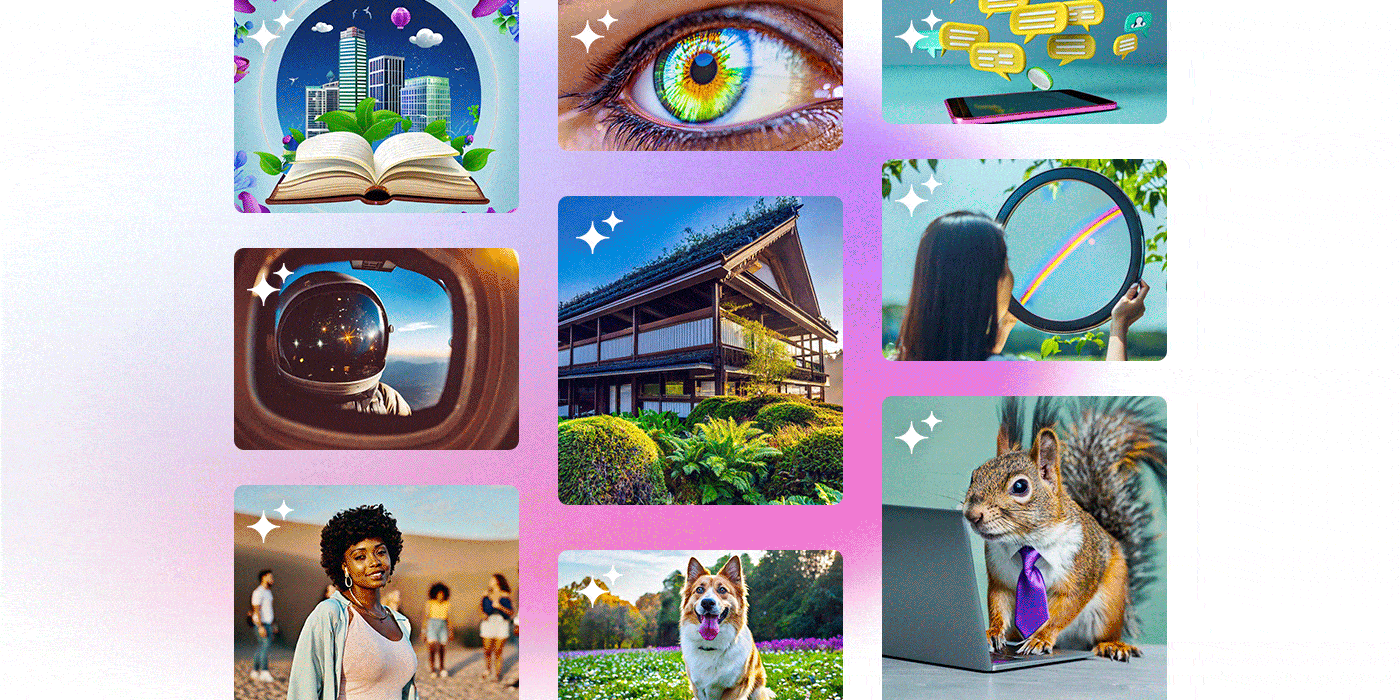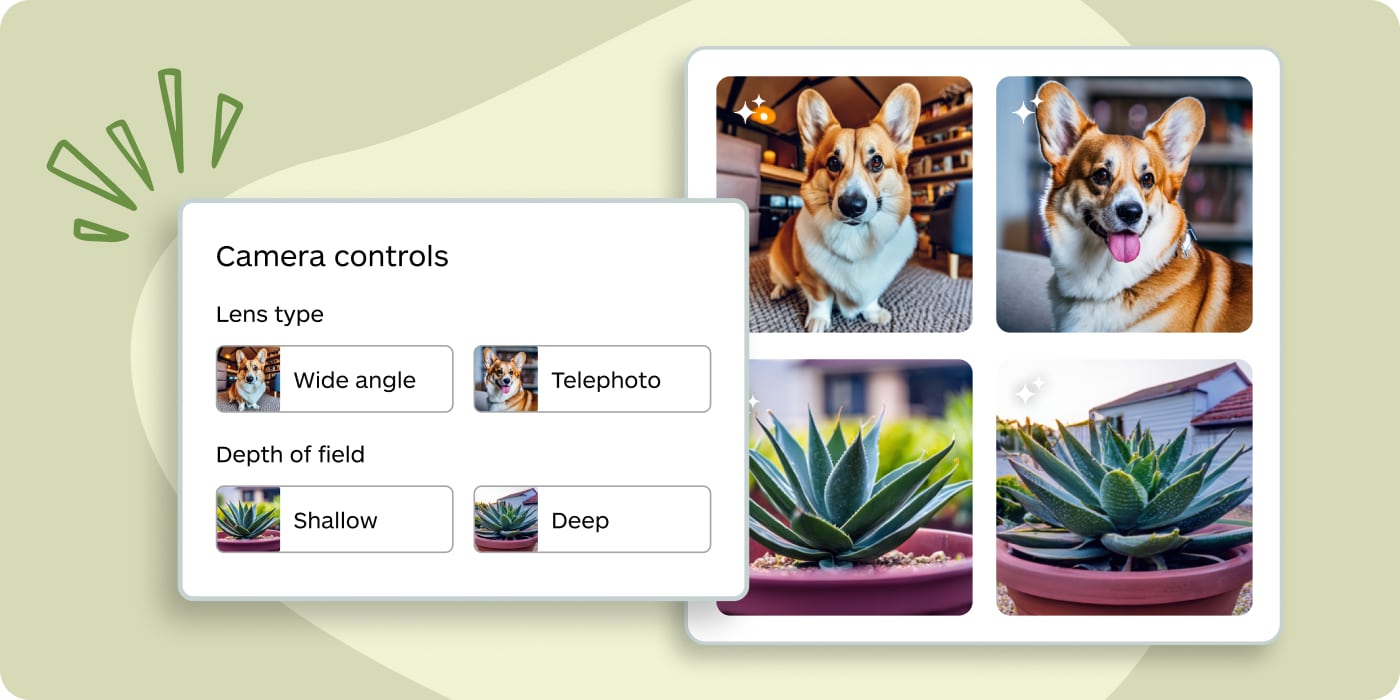Designers and artists have new and improved ways to boost their productivity with generative AI trained on licensed data.
Shutterstock, a leading platform for creative content, launched its Generative 3D service in commercial beta. It lets creators quickly prototype 3D assets and generate 360 HDRi backgrounds that light scenes, using just text or image prompts.
Getty Images, a premier visual content creator and marketplace, turbocharged its Generative AI by Getty Images service so it creates images twice as fast, improves output quality, brings advanced controls and enables fine-tuning.
The services are built with NVIDIA’s visual AI foundry using NVIDIA Edify, a multimodal generative AI architecture. The AI models are then optimized and packaged for maximum performance with NVIDIA NIM, a set of accelerated microservices for AI inference.
Edify enables service providers to train responsible generative models on their licensed data and scale them quickly with NVIDIA DGX Cloud, the cloud-first way to get the best of NVIDIA AI.
Generative AI Speeds 3D Modeling
Available now for enterprises in commercial beta, Shutterstock’s service lets designers and artists quickly create 3D objects that help them prototype or populate virtual environments. For example, tapping generative AI, they can quickly create the silverware and plates on a dining room table so they can focus on designing the characters around it.
The 3D assets the service generates are ready to edit using digital content creation tools, and available in a variety of popular file formats. Their clean geometry and layout gives artists an advanced starting point for adding their own flair.

The AI model first delivers a preview of a single asset in as little as 10 seconds. If users like it, the preview can be turned into a higher-quality 3D asset, complete with physically based rendering materials like concrete, wood or leather.
At this year’s SIGGRAPH computer graphics conference, designers will see just how fast they can make their ideas come to life.
Shutterstock will demo a workflow in Blender that lets artists generate objects directly within their 3D environment. In the Shutterstock booth at SIGGRAPH, HP will show 3D prints and physical prototypes of the kinds of assets attendees can design on the show floor using Generative 3D.
Shutterstock is also working with global marketing and communications services company WPP to bring ideas to life with Edify 3D generation for virtual production (see video below).
Explore Generative 3D by Shutterstock on the company’s website, or test-drive the application programming interface (API) at build.nvidia.com/.
Virtual Lighting Gets Real
Lighting a virtual scene with accurate reflections can be a complicated task. Creatives need to operate expensive 360-degree camera rigs and go on set to create backgrounds from scratch, or search vast libraries for something that approximates what they want.
With Shutterstock’s Generative 3D service, users can now simply describe the exact environment they need in text or with an image, and out comes a high-dynamic-range panoramic image, aka 360 HDRi, in brilliant 16K resolution. (See video below.)
Want that beautiful new sports car shown in a desert, a tropical beach or maybe on a winding mountain road? With generative AI, designers can shift gears fast.
Three companies plan to integrate Shutterstock’s 360 HDRi APIs directly into their workflows — WPP, CGI studio Katana and Dassault Systèmes, developer of the 3DEXCITE applications for creating high-end visualizations and 3D content for virtual worlds.

Great Images Get a Custom Fit
Generative AI by Getty Images has upgraded to a more powerful Edify AI model with a portfolio of new features that let artists control image composition and style.
Want a red beach ball floating above that perfect shot of a coral reef in Fiji? Getty Images’ service can get it done in a snap.
The new model is twice as fast, boosts image quality and prompt accuracy, and lets users control camera settings like the depth of field or focal length of a shot. Users can generate four images in about six seconds and scale them up to 4K resolution.

In addition, the commercially safe foundational model now serves as the basis for a fine-tuning capability that lets companies customize the AI with their own data. That lets them generate images tailored to the creative style of their specific brands.
New controls in the service support the use of a sketch or depth map to guide the composition or structure of an image.
Creatives at Omnicom, a global leader in marketing and sales solutions, are using Getty Images’ service to streamline advertising workflows and safely create on-brand content. The collaboration with Getty Images is part of Omnicom’s strategy to infuse generative AI into every facet of its business, helping teams move from ideas to outcomes faster.
Generative AI by Getty Images is available through the Getty Images and iStock websites, and via an API.
For more about NVIDIA’s offerings, read about the AI foundry for visual generative AI built on NVIDIA DGX Cloud, and try it on ai.nvidia.com.
To get the big picture, listen to NVIDIA founder and CEO Jensen Huang in two fireside chats at SIGGRAPH.
See notice regarding software product information.
